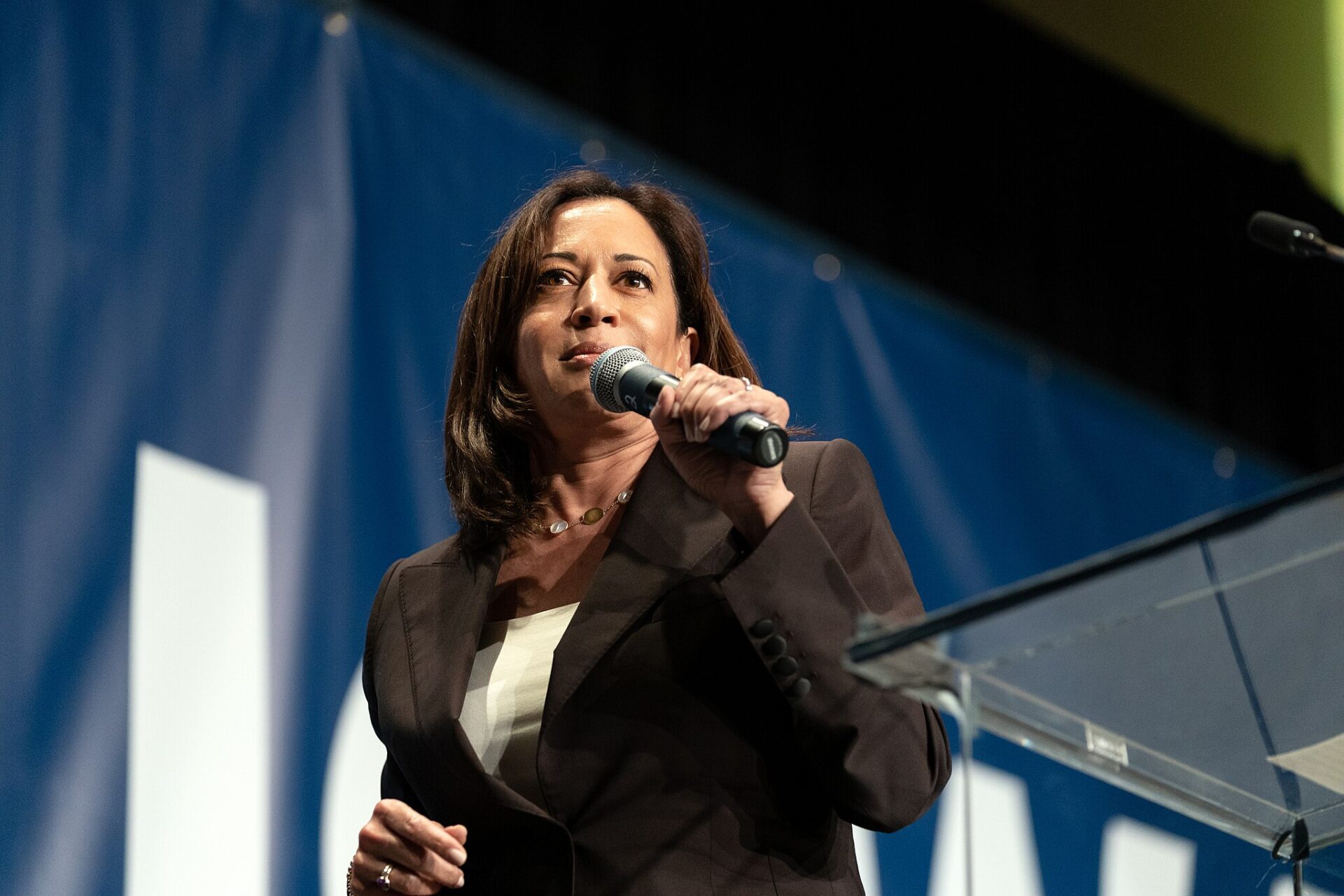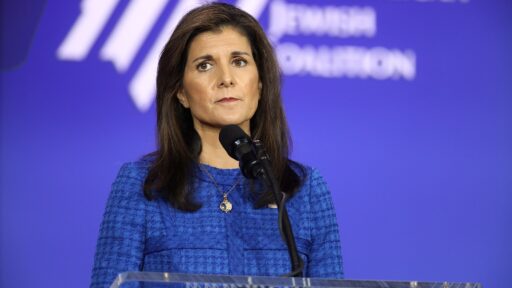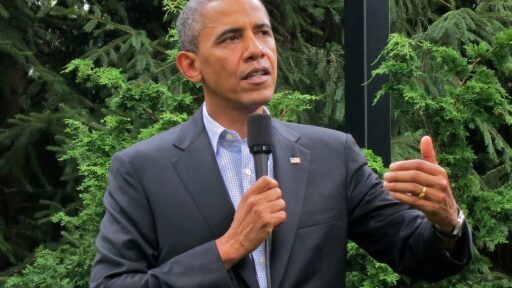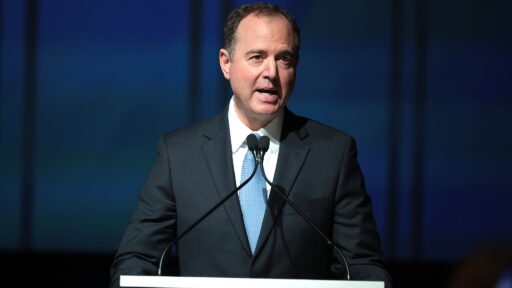Democrats are very worried about this.
The conflict in Gaza has dramatically reshaped traditional voting patterns among Arab Americans, traditionally aligned with the Democratic Party. Recent polling from the Arab American Institute indicates a significant shift, with 46% of likely Arab American voters expressing support for former President Trump, compared to 42% backing Vice President Harris. This marks a notable departure from previous elections where Democrats enjoyed a strong two-to-one advantage among this demographic.
In the 2020 election, approximately 60% of Arab Americans voted for Joe Biden. However, current data reveals a stark decline in support for Harris, who trails Biden’s performance among Arab Americans by 18 points. The polling’s margin of error, at 4.5 points, underscores the competitive nature of this race. The dramatic drop in Democratic identification—from 40% in April 2023 to just 23% following the October 7 Hamas attacks—illustrates a growing discontent that could reshape the electoral landscape.
The Republican Party has seen a marked increase in support, with Arab Americans identifying as Republicans rising from 23% to 32% in a span of months, now reaching parity with Democrats at 38%. This shift is particularly crucial in battleground states like Michigan and Georgia, where Arab American voters could play a pivotal role in determining election outcomes.
Both campaigns are ramping up outreach efforts. Harris has appointed an Arab American outreach director, while Trump’s strategy is spearheaded by Massad Boulos, a significant figure in the community. This is indicative of a broader realization that winning Arab American votes is essential for both parties, especially in light of the growing frustration over the Biden Administration’s perceived inaction regarding the Gaza conflict.
Moreover, a recent poll indicates that if Harris were to advocate for an immediate cease-fire and increased humanitarian aid, her support among Arab Americans could surge to 60%. Similarly, Trump could capture 55% of this vote if he were to adopt a similar stance. This highlights the critical importance of addressing the concerns of Arab American voters, who have expressed strong feelings about the conflict and its implications.
As the election approaches, the enthusiasm among Arab American voters appears to be waning, with only 63% indicating excitement about casting their ballots, down from the historically high turnout rates of 80%. With significant stakes in this election, both parties must recognize and respond to the changing sentiments of Arab American voters, or risk losing ground in a vital voting bloc.







